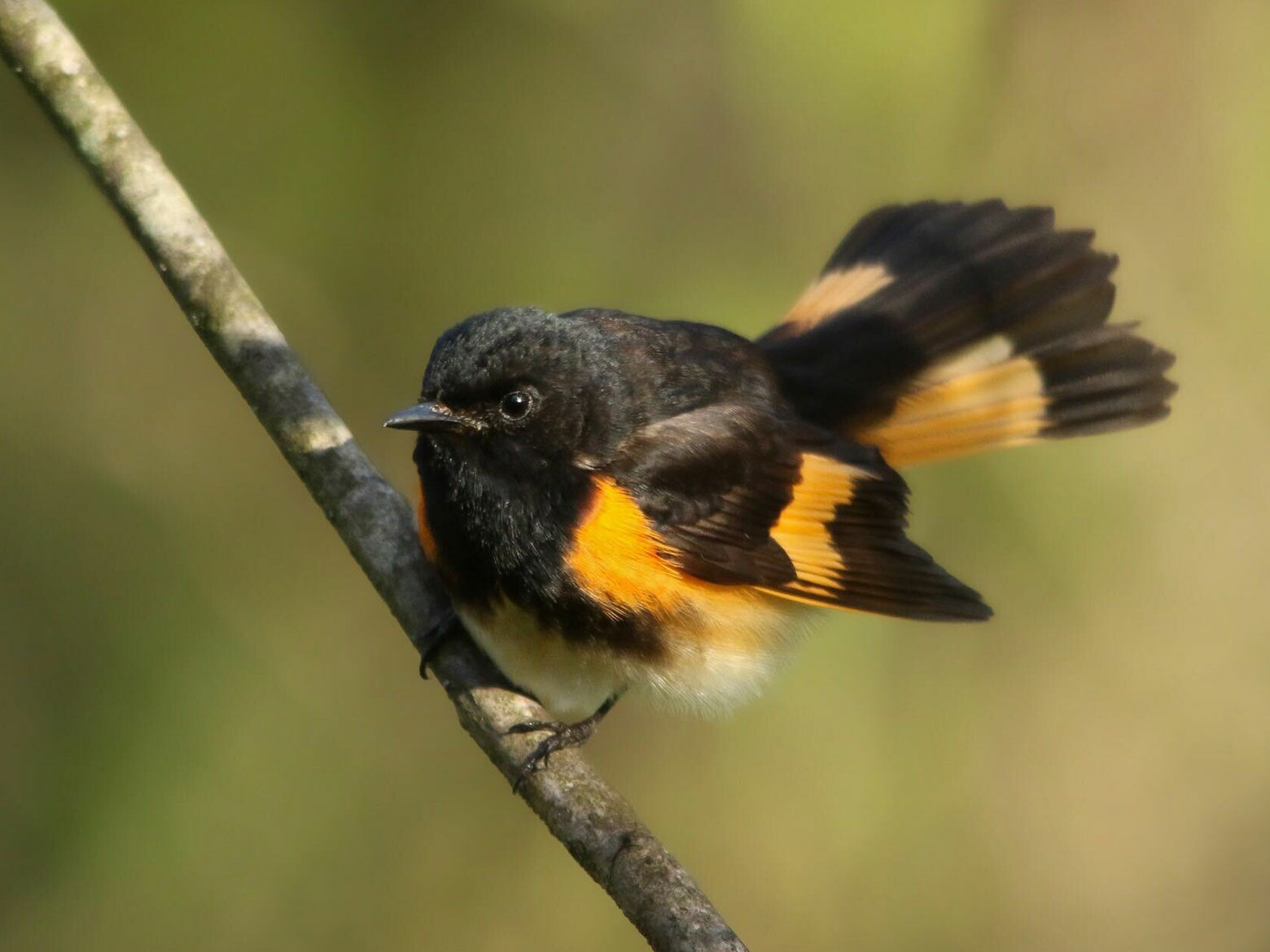
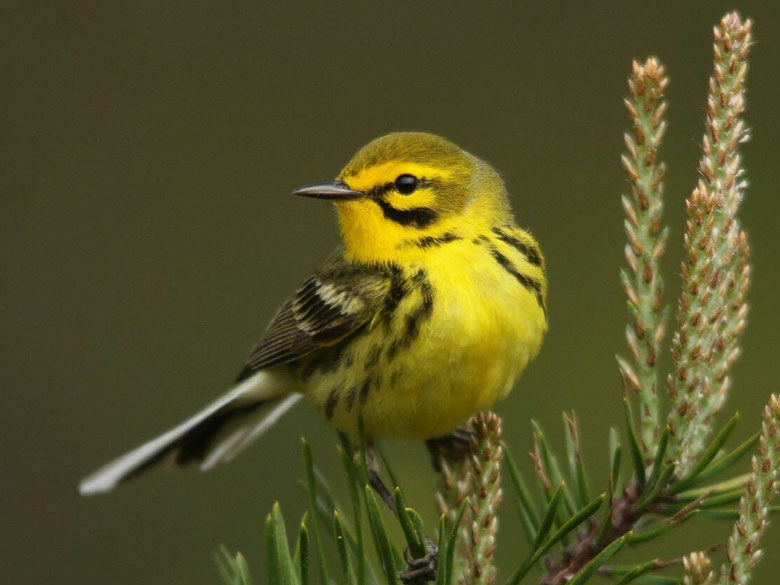
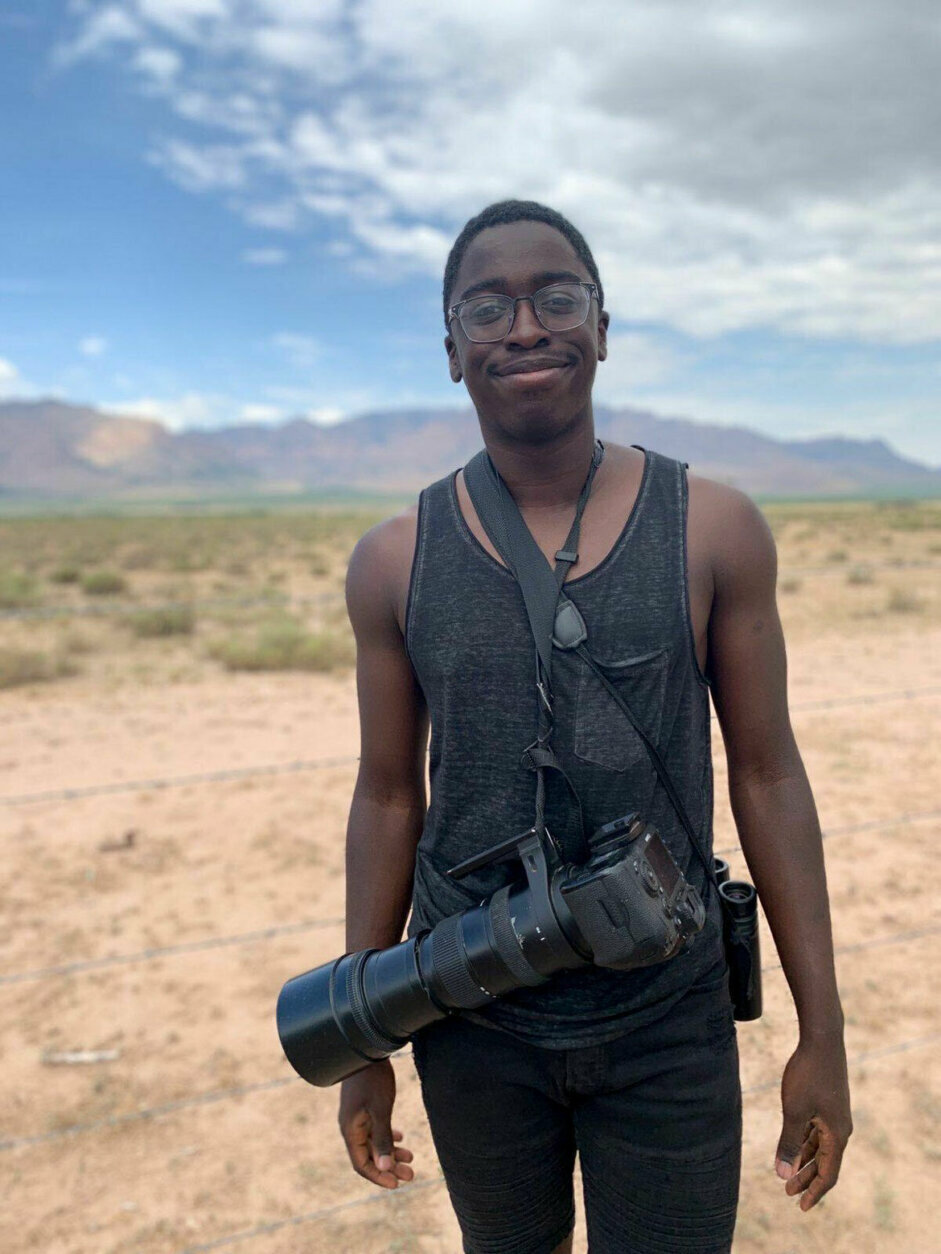
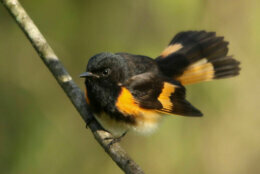
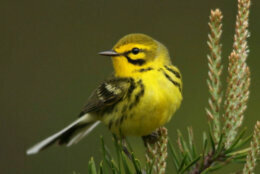
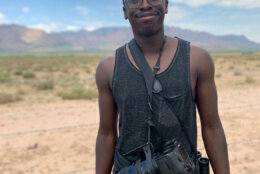
Black bird watchers, or “birders,” flocked to social media this week to spotlight their own presence in the outdoors — whether they bird watch as a hobby or as scientists in the field.
With the hashtag #blackbirdersweek, Anna Gifty Opoku-Agyeman and Corina Newsome created a forum to draw attention to diversity in the world of birding and the issues that black birders face.
The viral video of a white woman yelling at a black birder in New York City’s Central Park, then threatening to call the police on him, fueled nationwide discussions about race and how African Americans can find barriers even in public spaces like Central Park that are created for the everyone’s enjoyment.
In one of the online discussions, author and Clemson University Professor Drew Lanham talked about always being conscious of how others might see him.
At 6’3″, Lanham said he is aware that he is seen as threatening, not just because of his stature, but because of his color.
He talked about how exhausting it can be to constantly be aware of being seen as a threat.
“It’s like another pair of rubber boots or something that you’ve got to pull on every single time that you go birding,” Lanham said.
Wildlife biologist Danielle Belleny chimed in, explaining that every time she goes out, she makes sure she’s decked out in her outdoor gear; “nerded out and birded out so people think that I belong there, that I look like a nature-y sort of person.”
Jason Ward, a birder who grew up in the Bronx, talked about being out in parks in the early morning, often the only person there, and being aware of catching the eye of park police.
“I’m raising my binoculars looking at nothing!” he said, as a way of telegraphing that he is harmless.
He said the gesture is like signaling to police, “Binoculars up, don’t shoot!”
Kojo Baidoo, an 18-year-old birder from Baltimore County, Maryland, has been following the online discussions, and said he has had experiences nearly identical to those described by Ward.
The first time he had police called on him, he was just 13 years old.
The long lens on his camera — the type of lens that wildlife photographers use to get close ups of animals — apparently made him look suspicious.
Now, while out birding, if Baidoo spots police in the area, he’ll do what he describes as “milking the birding — pointing binoculars up at anything to make it really obvious that you’re not doing anyone any harm.”
Active in a number of organizations involving young birders, Baidoo said it’s common for him to be the only black birder in the group.
Sometimes, he and his friends will be along rural roads and spot an unusual bird on private property.
His friends might want to cross on to the property to get a closer look, but Baidoo said he finds himself having to explain, “I can’t go. That’s almost like a death sentence!”
Baidoo said it in a way that suggested he was half-kidding, but that there was a real fear there.
That’s why the weeklong social media connections that developed among #blackbirders was so important to them.
The goal of the week, and the movement it’s generated, is to spotlight the issues that black birders face, create a welcoming environment, and encourage diversity among the ranks of birders and outdoor enthusiasts.
Baidoo said he thinks that’s a great idea.
He has been excited about birds since he was at least 7 years old, and enjoys sharing his knowledge and enthusiasm.
He’ll be attending Princeton University in the fall, and said he’d like to study wildlife biology.
Although, he said with a laugh, his parents — his mother is a doctor and his father is a scientist — want him to go into a more lucrative field.
He is not only a skilled birder, but he is a talented photographer, able to capture close-up photos of even tiny warblers who tend to dart erratically among foliage in ways that make it a real challenge to identify them, much less capture a clear image.
Baidoo said that too often, people think you have to go to a remote or exotic location to find birds.
That’s not true, he said. “I just tell people to look up, because birds are everywhere.”








